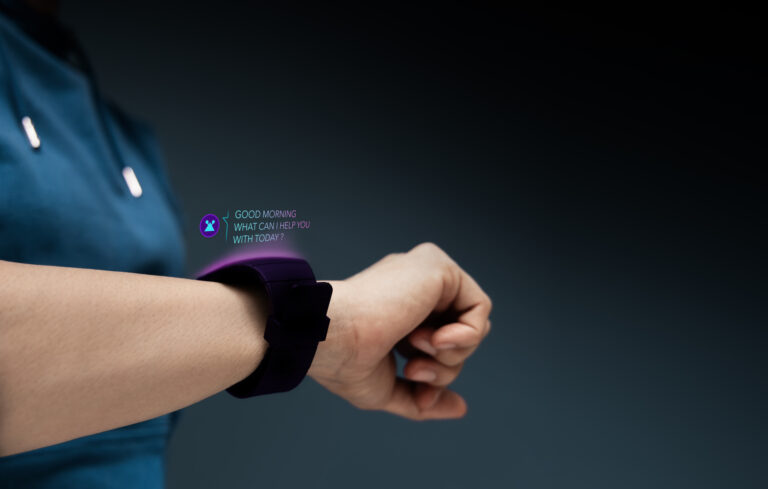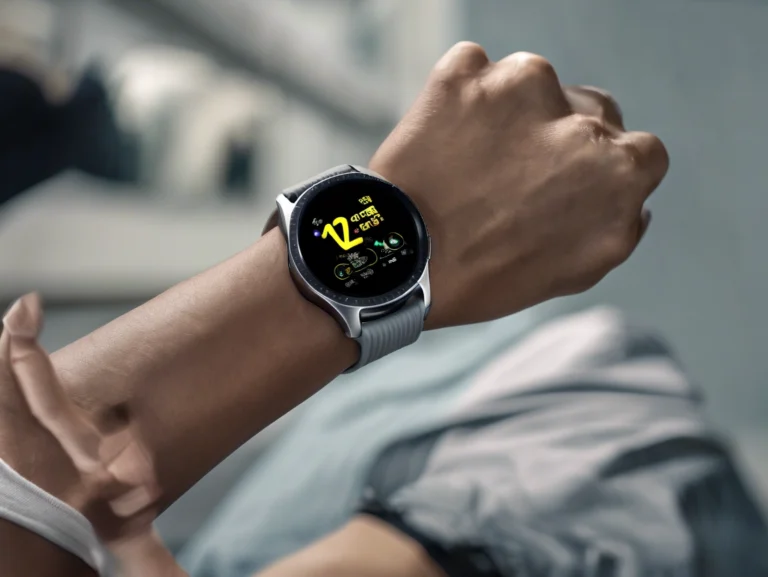
When Technology Meets Care: A Reflection on Wearables, Data & the Future of Health.
What does a future-ready health service look like when we build it digitally, not as a patch, but as a foundation?
As a nurse stepping into the digital health space, I’ve asked this question more and more. Through HelseNerd, my work has revolved around public health data, wearables, and exploring the quiet, often-overlooked tension between tradition and transformation in healthcare.
Recently, while studying digital business strategy, I was challenged to think deeper—not just in terms of tools but systems. It was not just about digitising workflows but reimagining how we create, deliver, and sustain care in a world that is becoming more connected, more complex, and, if we’re intentional, more humane.
What Digital Strategy Really Means in Healthcare
Digital business strategy isn’t about automating what already exists. It’s about starting from scratch — not to erase the human elements of care, but to make them stronger, more scalable, and more proactive.
I used to see tech in healthcare as something we worked around — fall alarms, shift scheduling, medication reminders. Useful, yes. But rarely transformative. Through this learning process, I began to realise:
We don’t just need technology that supports care.
We need technology that enables it strategically, ethically, and holistically.
🩺 From Wearables to Wisdom: Three Reflections That Stayed With Me
1. Technology must be built into the business model — not added on top.
Many health systems still try to “digitize” what they already do, rather than designing services from the ground up with digital capacity in mind. But what if we flipped that thinking? What if a wearable wasn’t a bonus feature but a key part of tracking trends, preventing decline, and delivering timely care?
2. Data without action is just noise.
Wearables and monitoring tools give us data streams, but insight is nothing if it doesn’t move us to act. Whether it’s triaging patients who need earlier follow-up, or identifying risk patterns across populations, we must build systems where data leads to decisions — not just dashboards.
3. Culture matters more than code.
Transformation isn’t just about platforms — it’s about people. A shift to digital-first healthcare requires investment in training, time, and trust. Nurses, in particular, need space to learn, evaluate, and adapt — not just use tools, but understand what they mean and how to respond when tech fails.
🧭 A New Path for Nursing?
For me, this isn’t just a theoretical exercise. I see digital strategy as something deeply personal — especially for those of us in elder and dementia care. The potential for wearables to monitor subtle changes, for AI to detect decline before it becomes critical, and for platforms to coordinate care across teams… it’s all there.
But it won’t matter unless we integrate it into real clinical lifeinto the rhythm of home visits, into the quiet vigilance of daily care, into systems that allow people to lead, with technology as an ally.
✨ A Closing Thought
This blog post grew out of an exam reflection, but the thinking behind it runs deeper than grades or modules. It comes from my own practice, questions, and belief that digital health must serve human health not replace it.
We don’t need to choose between innovation and empathy.
We need to design for both.
So, what might happen if we stopped asking how to “add tech to care” and started asking how to care through tech?
Let’s build that together.
Written by Augustina – Nurse, Digital Health Explorer & Founder of HelseNerd




